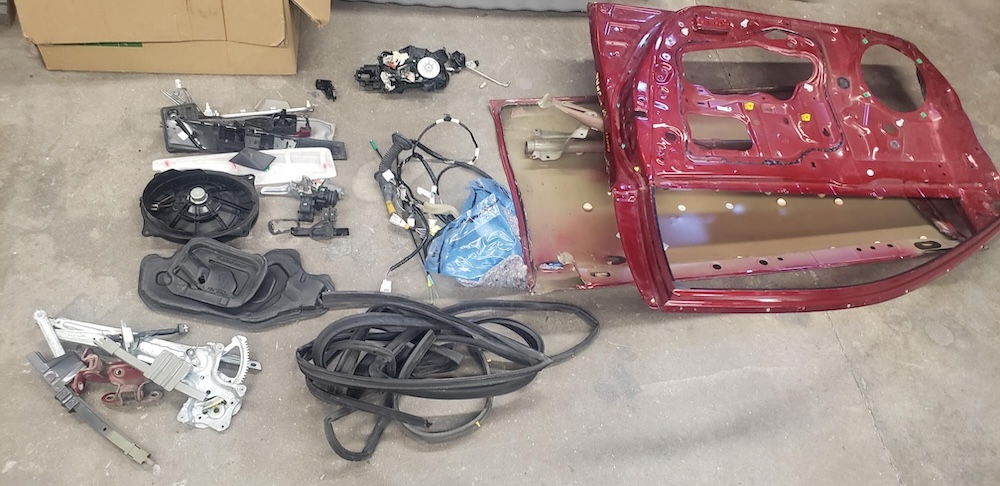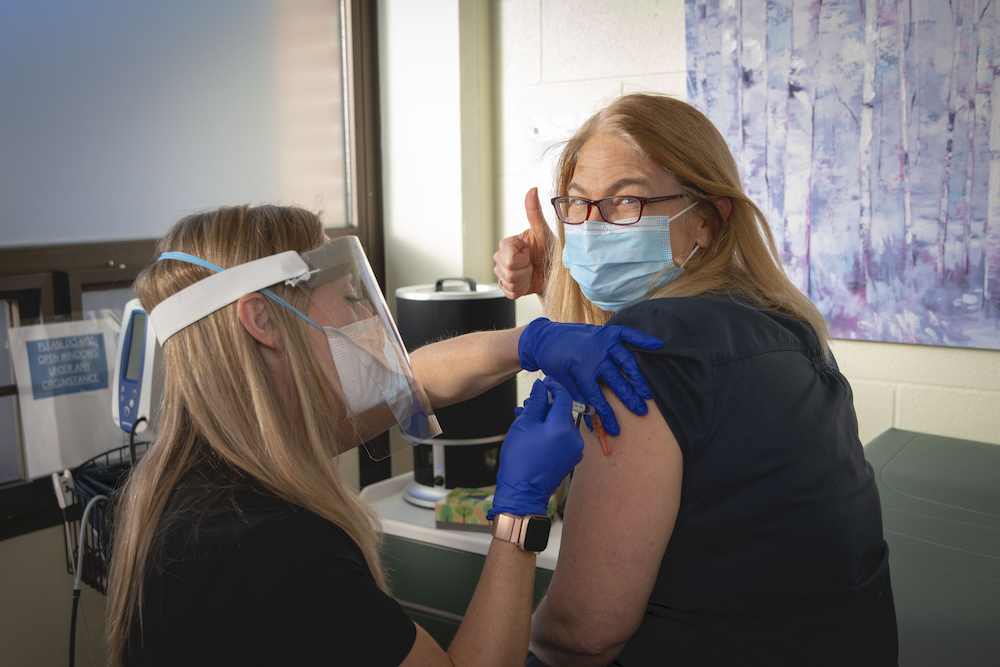Carl Clark, Class of 1945, one of WPI's most accomplished and influential graduates, died Aug. 24 at his summer home in Vermont. The longtime Baltimore resident was 82. He was best known as the developer of the first practical airbag restraint system for automobiles, an accomplishment that is recognized, along with 11 other alumni innovations, on the Corporate Partners Wall in the WPI Rubin Campus Center.
By the time Clark began working with airbags in the mid-1960s, he had already chalked up a number of major professional accomplishments, including developing a novel way to study the workings of the cell, setting the optical standard for "Coca Cola Green" (the color of Coke bottles), and pioneering the field of dynamic flight simulation to train X-15 pilots and Mercury astronauts for their missions.
Clark's airbag work began when he was head of the Life Sciences Division of the Engineering Department at Martin Company in Baltimore, where he first proposed the use of airbags to protect astronauts and pilots during crash landings. Recognizing that far more people die on the road than in the air, he developed and extensively tested the Airstop Restraint System for cars, the first practical automotive airbag safety system.
His promotion of the benefits of airbags (including the first published reference to side airbags) at conferences and before Congress is credited with helping convince automakers to begin seriously investigating the practicality of adding airbag systems to cars. Later in life, he brought the same passion to his advocacy for the use of laminated safety glass in the side windows of cars, which could prevent laceration injuries and ejections during accidents. He also developed an airbag bumper system that could protect car occupants from serious injury in a crash into a wall at up to 50 miles per hour.
- Read obituaries for Carl Clark in the Washington Post.


